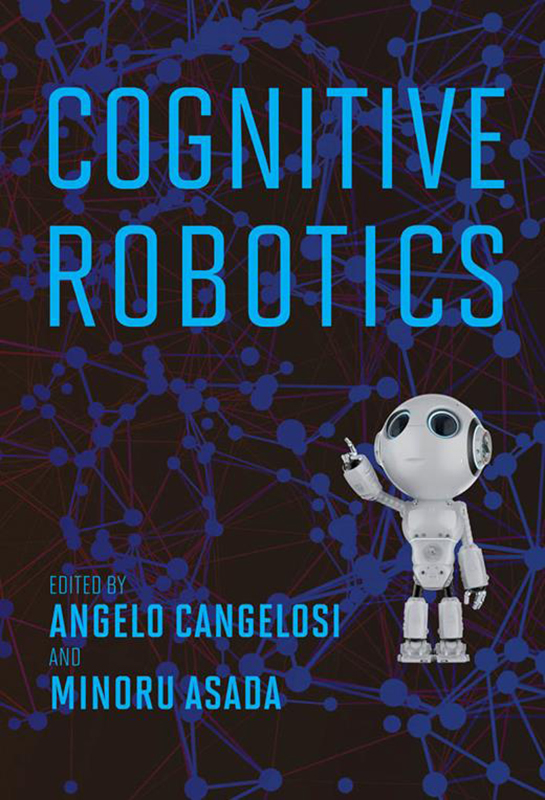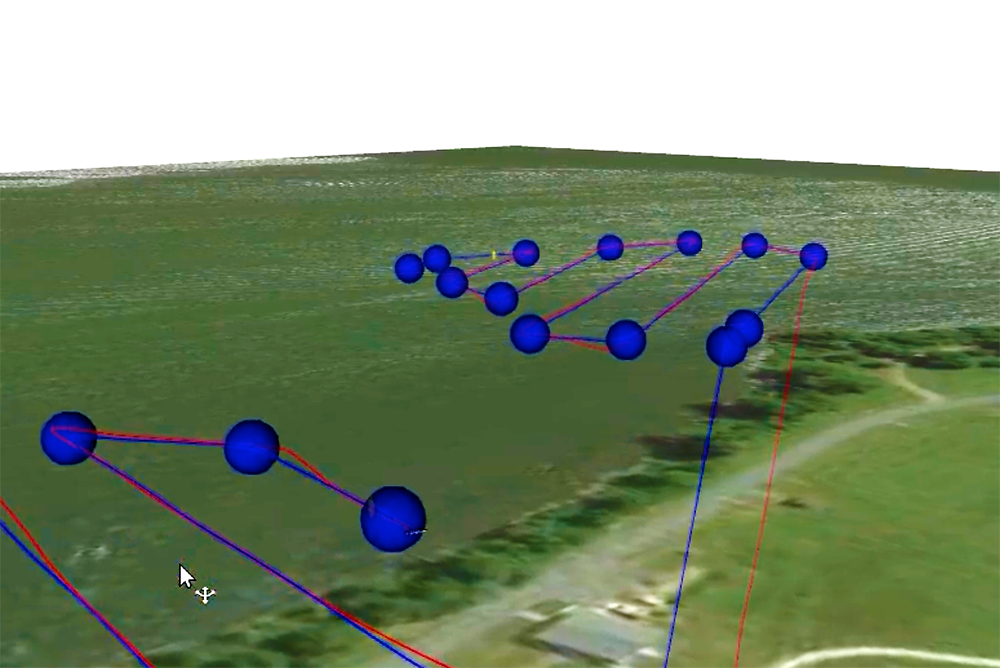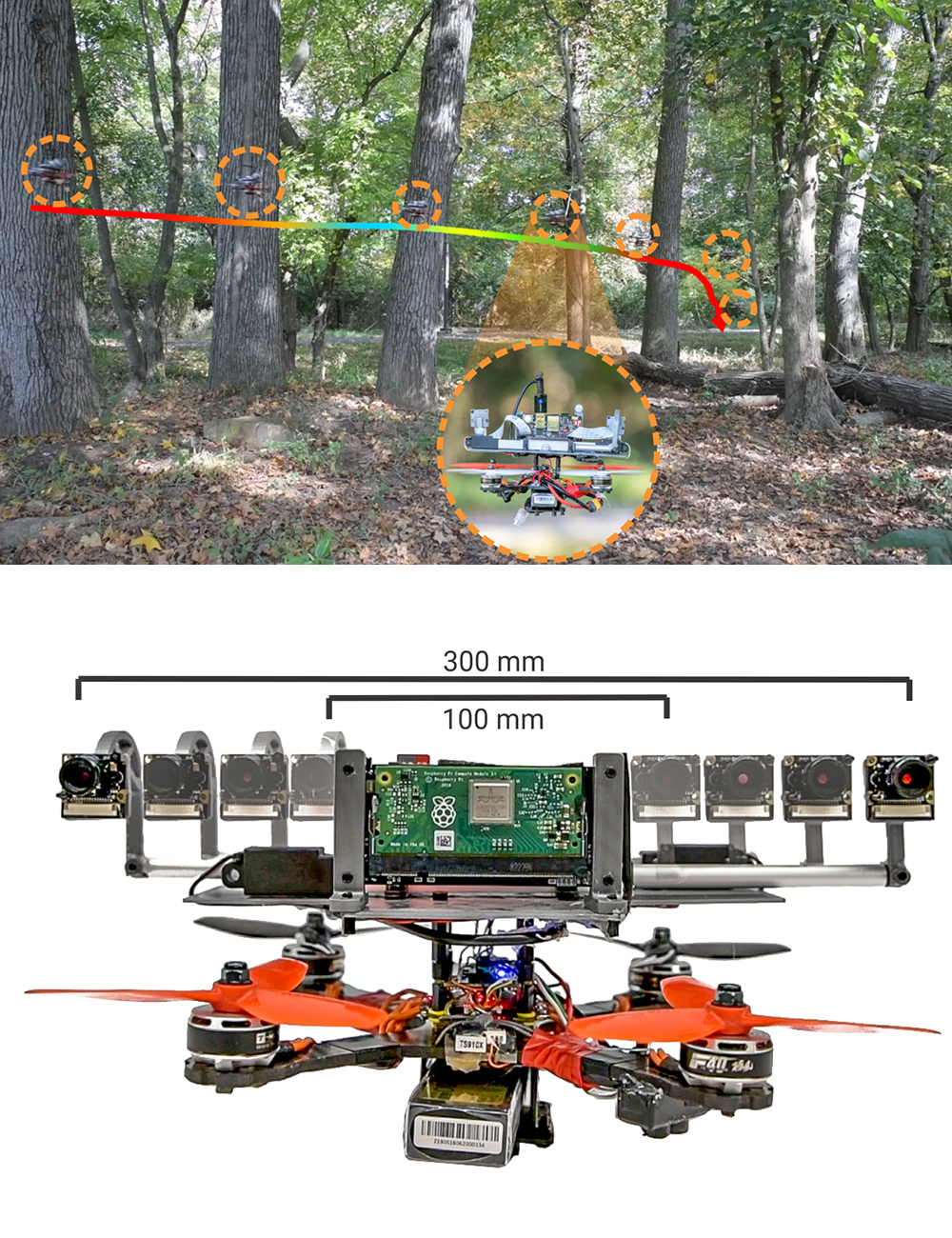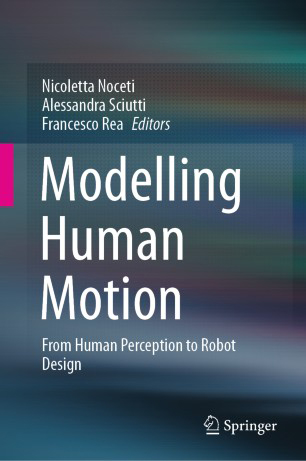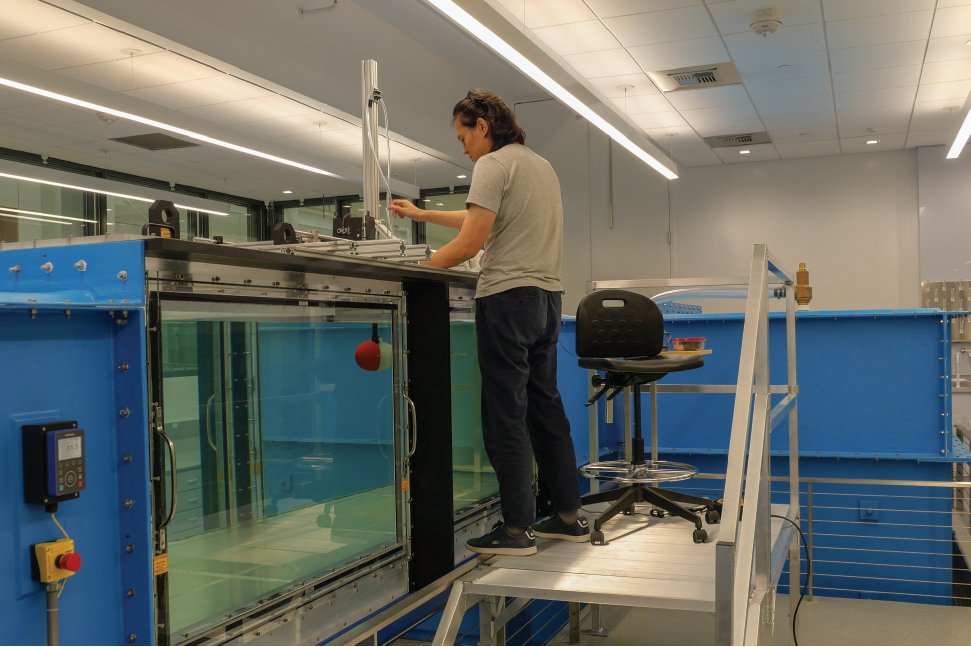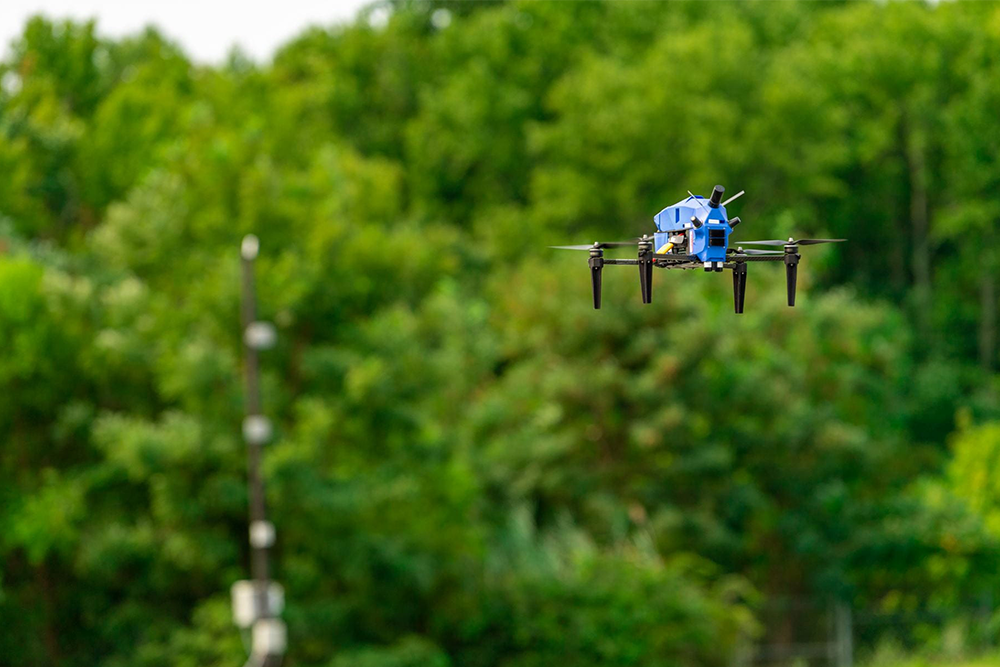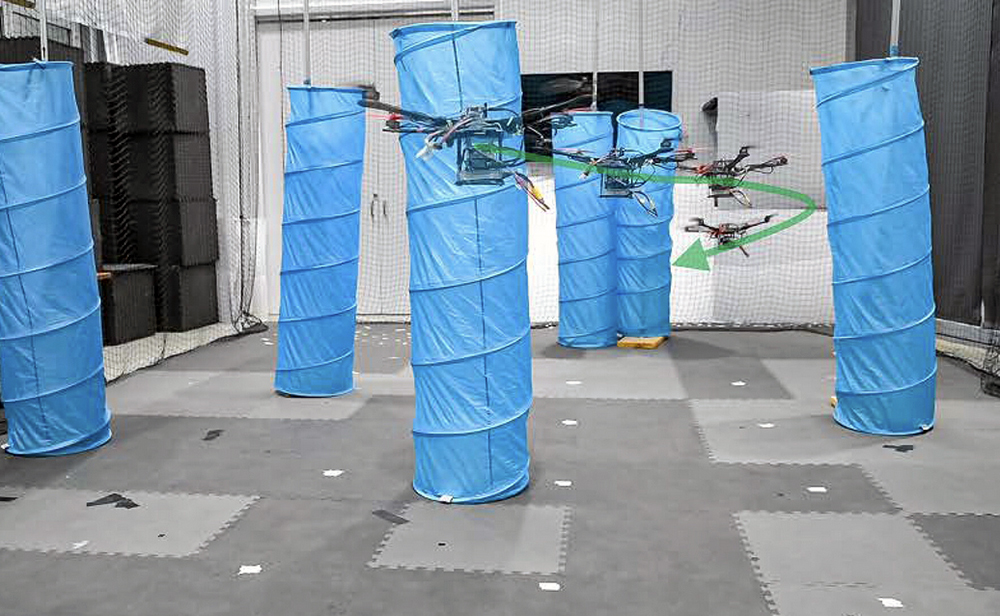News Story
Perception and Robotics Group creates hive of ideas for drones
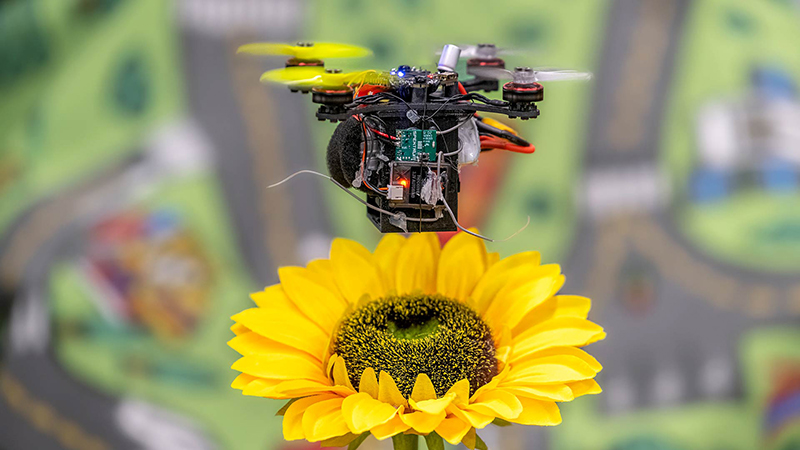
Except for that occasional sting, honeybees and other pollinators normally buzz unnoticed in the background, doing the vital work of pollination for about 35% of the world’s food crops. But bees aren’t just important—they’re in peril, with the U.S. losing 30% to 40% of honeybee colonies yearly because of complex hazards including pesticide use, air pollution, global warming and parasitic infections.
While entomologists race to support struggling bee populations, this agricultural doomsday scenario prompted ISR-affiliated Professor Yiannis Aloimonos (CS/UMIACS), to leverage his background in computer vision and machine learning to create palm-sized substitutes that could assist if things take a truly dire turn: drones that can artificially pollinate crops.
He’s developing an artificial beehive, appropriately called RoboBeeHive—an arm-length drone that will carry smaller drones, find a tree and attach itself. “It opens up, and the smaller drones will come out,” he said.
The drones use artificial intelligence to autonomously navigate and avoid obstructions—animals, trees or other drones busy spreading pollen—as they carry pollen between plants that sticks to simulated bee fur, he said. And if the weather takes a turn for the worse, a message from the “hive” calls them back.
The challenge was to assemble the required processors, cameras and other sensors in a compact drone with a limited surface area.
“The problem that arises when you develop drones that small—you have to have computers on top, and cameras and sensors,” he said. “You can put sensors on big drones that can develop a (map of) three-dimensional space and estimate distances of objects around. But you cannot put them on this.”
So Aloimonos, along with ISR-affiliated Associate Research Scientist Cornelia Fermüller (UMIACS), sought inspiration from bees themselves. Instead of mapping the world with lidar or other systems larger robots might use, the drones use what’s known as “active perception” in which, like busy bees, they’re in constant motion to gain a better understanding of their surroundings, he said. This helps them collect data about the space around them and move autonomously.
They have two cameras for 360-degree vision and use an onboard computer that can be fed various control software, said Nitin J. Sanket, a graduate student working with Aloimonos on the artificial “beehive” project which is scheduled to be ready in July.
In addition to artificially pollinating crops, the small drones can be used for tasks like inspecting bridges, said Chahat Deep Singh, another graduate student in Aloimonos’ Perception and Robotics Group. The drone can orbit a structure and spot cracks or other problems.
They can also assist in search-and-rescue operations, where the pint-sized robot would self-navigate through rubble and broken windows to find trapped people, a task that would be difficult to conduct using a human-controlled drone.
“The general idea is if you want to do these operations, having human operators is expensive,” Sanket said. “You need a lot of training—and the other thing is, if you deploy 1,000 drones, you need 1,000 operators, which is not always possible. That’s why we want them to be as autonomous as possible; it makes it cheaper, faster and more efficient in every way.”
Aloimonos and his team are brainstorming even more uses for the technology that probably haven’t crossed many minds. For instance, people with certain health conditions might require constant monitoring as they go through their daily activities, and hiring a full-time caregiver can be expensive, he said. But a small drone could tag along with a person and request help when it notices that the patient needs medical assistance.
The research team’s work is funded by the Sergey Brin Family Foundation, named for the 1993 UMD graduate and Google co-founder. It aims to explore the use of drones for teaching in schools, where not only the students, but the drones themselves are getting smarter.
“Artificial intelligence has gained prominence in the last five years,” Sanket said. “That has helped us to do things, which were not possible at this scale before. We can have the capability to do stuff which the bigger drones do, but with more minimalistic software.”
—This story by Aadit Tambe M. Jour ’22, is reprinted from the Jul 16, 2021 edition of Maryland Today
Published July 21, 2021

